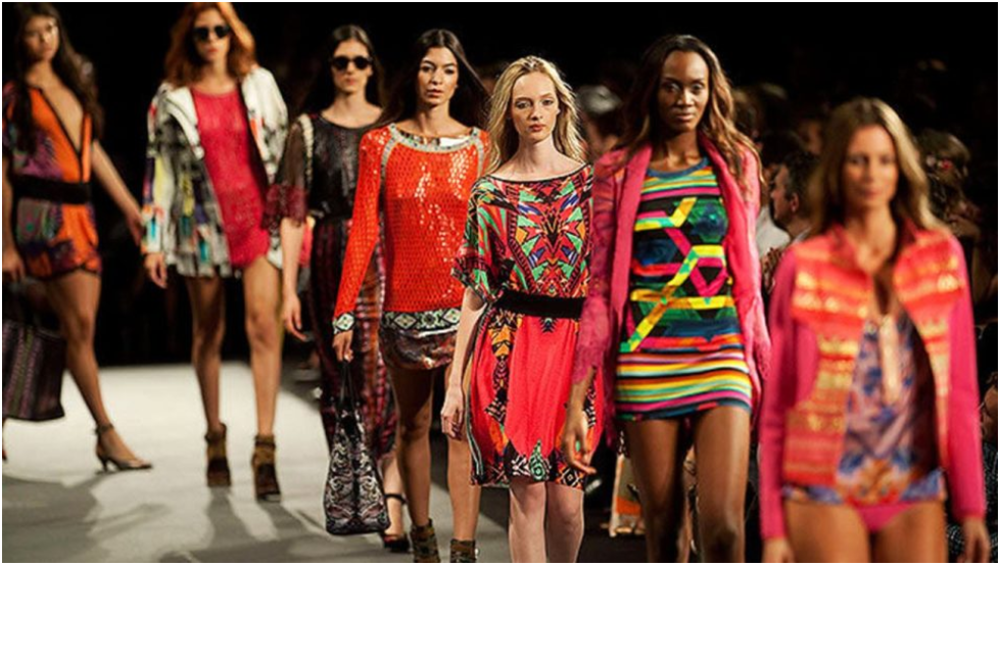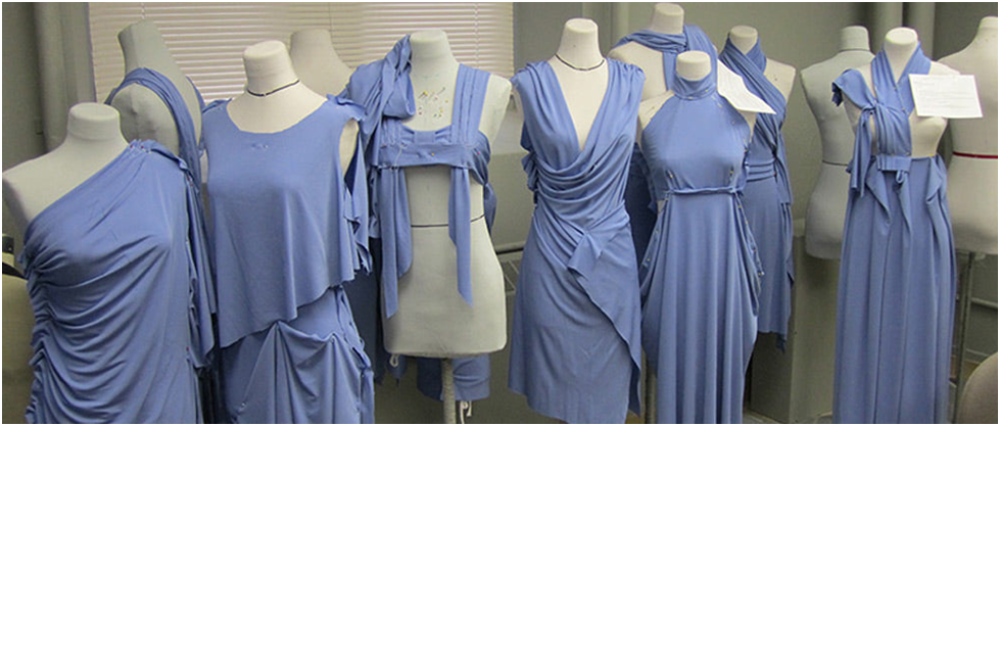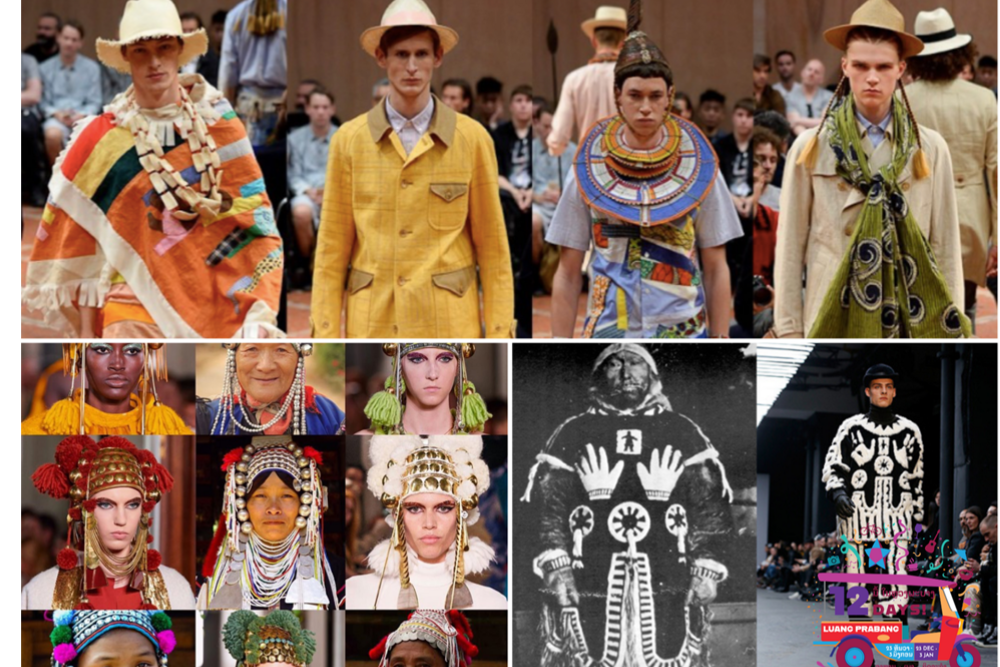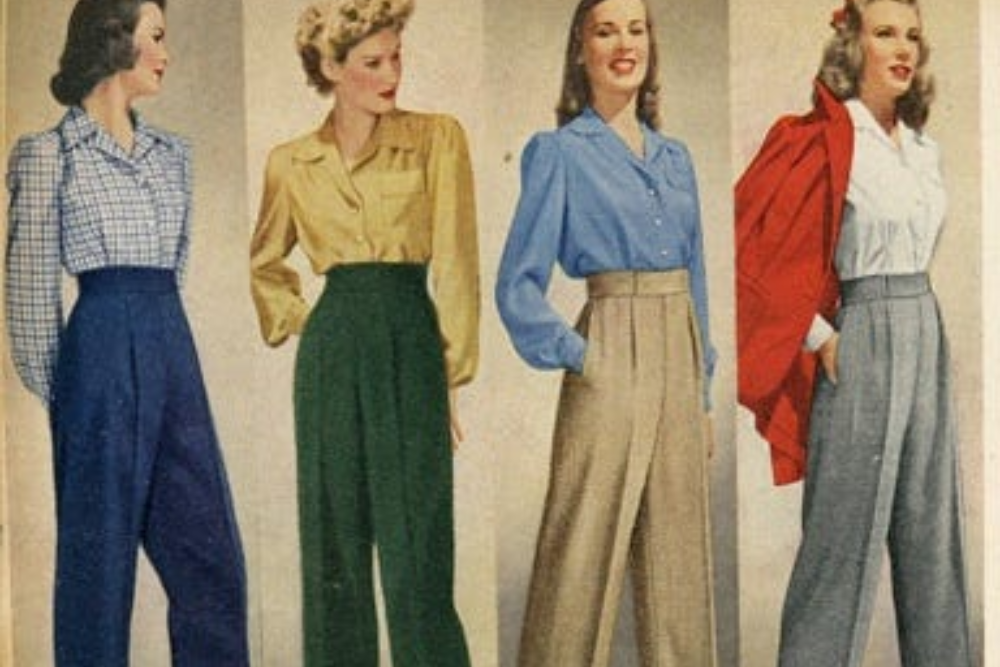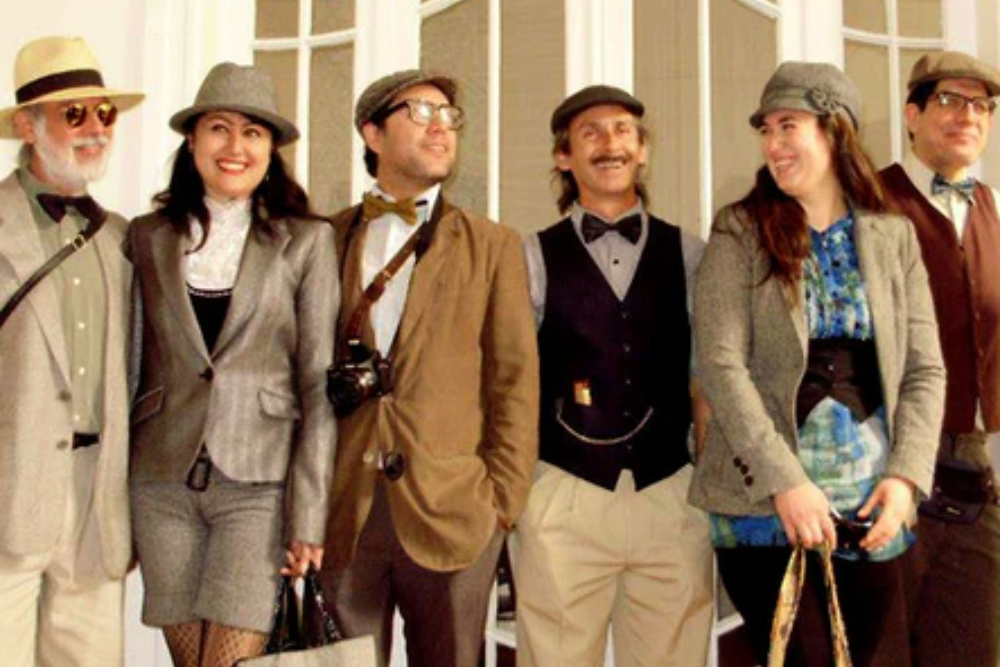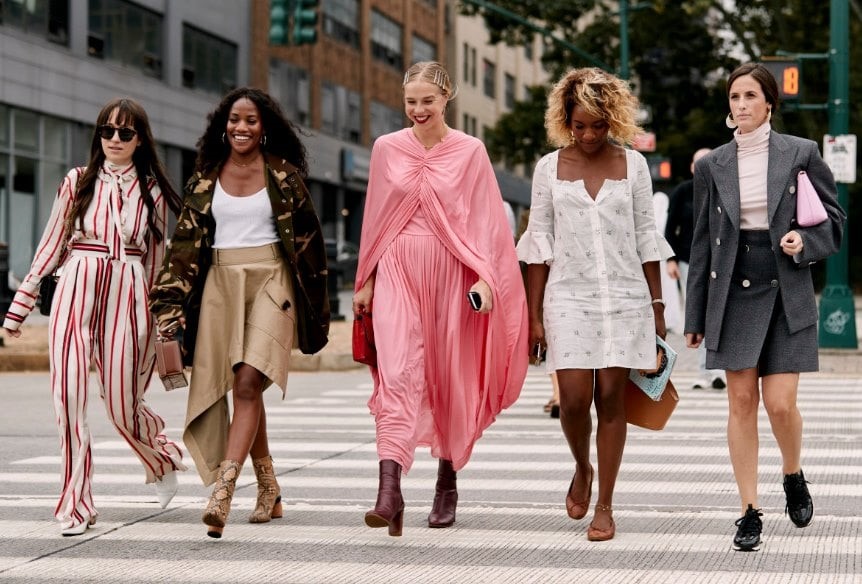Introduction
Latin America, a region characterized by its rich blend of indigenous, African, European, and Asian influences, has developed a diverse and dynamic fashion culture. From the colorful textiles of Mexico to the flowing skirts of Argentina, the fashion of Latin America reflects the cultural melting pot that defines the region. The history of Latin American fashion is deeply intertwined with the colonial past, indigenous heritage, and globalization, creating a distinctive sartorial identity that resonates with both tradition and modernity.
- The Historical and Cultural Roots of Latin American Fashion
Colonial Influence and the Fusion of Cultures
The fashion history of Latin America cannot be fully understood without acknowledging the impact of European colonialism. When the Spanish and Portuguese colonized the region in the 16th century, they brought with them European clothing traditions that blended with the indigenous and African cultures already present. The result was a complex layering of styles, fabrics, and techniques that continue to define Latin American fashion today.
In the early colonial period, the upper classes in Latin America adopted European clothing styles, while the indigenous peoples and enslaved Africans retained traditional clothing influenced by their own cultural practices. Over time, these traditions merged, creating a hybrid aesthetic that still characterizes the fashion of many Latin American countries. For example, Andean fashion reflects indigenous techniques such as weaving and embroidering, combined with Spanish colonial influences such as lace, velvet, and silk.
The Role of Indigenous and African Influences
Indigenous communities across Latin America have maintained their traditional clothing for centuries, with vibrant textiles, beaded adornments, and woven garments playing a crucial role in expressing cultural identity. The Andes region, for example, is known for its intricate handwoven fabrics, such as alpaca wool, and its iconic ponchos and chullo hats (knitted hats). These garments are often adorned with bright colors and patterns that symbolize community identity, heritage, and status.
Meanwhile, African influence in Latin American fashion is most prominent in regions with a significant Afro-descendant population, such as the Caribbean, Brazil, and Colombia. African-inspired garments like flowing dresses, brightly colored fabrics, and head wraps are common. In places like Cuba, the African diaspora has contributed to the evolution of dancewear and festival attire, with flamboyant costumes and bold colors seen in celebrations like Carnival.
- Iconic Latin American Garments and Their Cultural Significance
Mexico: The Vibrant Huipil and Rebozo
Mexico’s fashion is deeply rooted in indigenous culture, with many traditional garments still worn in daily life and celebrations. The huipil, a loose-fitting, embroidered tunic, is one of the most iconic pieces of Mexican clothing. It has been worn for centuries by indigenous women and is a symbol of identity and pride in various Mexican communities. Each region of Mexico has its own distinct style of embroidery that reflects the local history, geography, and spiritual beliefs. For example, the Zapotec people in Oaxaca are known for their detailed, geometric patterns, while the Maya people have a rich tradition of vibrant, floral motifs.
Another iconic Mexican garment is the rebozo, a type of shawl that has been worn for centuries by Mexican women. The rebozo is incredibly versatile, serving as a scarf, baby carrier, shawl, or belt. Made from various materials, such as cotton, silk, and wool, the rebozo often features intricate handwoven patterns and vibrant colors. It has significant cultural and historical symbolism, with rebozos often worn during important ceremonies, such as weddings and religious festivals.
Brazil: The Influence of Carnival and Samba
Brazilian fashion is perhaps best known for the exuberance of Carnival, where spectacular costumes are designed to capture the spirit of joy and celebration. The samba schools that participate in Rio de Janeiro’s Carnival parade create intricate, feathered and beaded costumes that draw on Brazilian Afro-Brazilian, indigenous, and Portuguese influences. The costumes are often bold and colorful, featuring sequins, fringe, and luxurious fabrics, all designed to showcase the dancers’ movement and performance.
Beyond Carnival, Brazil’s fashion scene is deeply influenced by the country’s tropical climate. Traditional garments like the baiana dress reflect the Afro-Brazilian heritage, characterized by its voluminous skirts, headscarves, and bright colors. This style is seen during religious festivals and in the everyday wear of women in the northeastern region of Brazil. The use of light fabrics like cotton and linen allows for comfort and functionality in Brazil’s heat while still maintaining a sense of cultural identity.
Peru: Textiles and the Andean Poncho
In Peru, traditional fashion is closely tied to the Andean mountains, with a strong emphasis on textiles that have been passed down through generations. The poncho is one of the most recognizable garments from the region. Traditionally made from wool, it provides warmth in the high-altitude climates of the Andes. Ponchos are often woven with intricate designs that reflect the local culture, and many feature patterns inspired by nature, such as mountains, rivers, and animals. The chullo, a knitted hat worn by indigenous peoples of the Andes, is another significant piece of clothing, often adorned with bright colors and patterns unique to each community.
The textile craftsmanship of the Andean people is renowned worldwide, particularly the techniques of backstrap weaving, which involves creating elaborate patterns and designs by hand. The Peruvian alpaca wool, known for its softness and durability, is highly prized in the global market, and many artisans continue to produce handmade garments and textiles for both local wear and international markets.
Argentina: Gaucho Style and Leather
Argentina’s fashion is influenced by the gaucho (cowboy) culture of the Pampas region, where the gaucho wore practical and functional clothing for working the vast plains. The iconic gaucho pants, known as bombachas, are wide-legged trousers that were designed for riding and working. These pants are paired with boots and wide-brimmed hats, creating a distinctive silhouette. Today, this historical style is often worn during traditional festivals, and elements of gaucho style have been incorporated into modern fashion, especially in rural areas of Argentina.
Leather plays an important role in Argentine fashion, particularly in Buenos Aires, where it is used in high-end jackets, pants, shoes, and bags. Argentina is one of the largest producers of leather in the world, and the country’s fashion industry is deeply connected to this material. The use of tanned leather evokes both luxury and ruggedness, reflecting Argentina’s diverse heritage, from its European influences to its strong ties to ranching culture.
- The Impact of Modernization and Globalization on Latin American Fashion
As Latin America has become increasingly interconnected with the global fashion industry, many traditional elements of clothing have been incorporated into contemporary designs, creating a fusion of old and new. Globalization has brought both challenges and opportunities for Latin American fashion.
Fashion Week and International Recognition
Major cities such as Mexico City, São Paulo, and Buenos Aires now host international fashion weeks, which feature local designers who blend traditional Latin American textiles and techniques with modern silhouettes and international trends. Designers like Carla Fernández (Mexico), Ronaldo Fraga (Brazil), and Jorge Duque (Colombia) have gained recognition for their ability to marry traditional craftsmanship with contemporary fashion. These designers incorporate indigenous fabrics, artisan techniques, and eco-friendly materials, while also pushing the boundaries of fashion design, making Latin American fashion a global force.
Fast Fashion and Local Craftsmanship
While Latin America’s traditional fashion continues to thrive, the region is not immune to the influence of fast fashion. Many countries in Latin America have experienced the rapid growth of global clothing chains like Zara, H&M, and Forever 21, which have altered the fashion landscape by promoting a mass-market approach to style. However, there has been a growing movement in Latin America to revive traditional crafts, such as handwoven textiles and natural dyeing techniques, as a reaction against the environmental and cultural costs of fast fashion.
In recent years, ethical fashion has gained traction in Latin America, with designers focusing on creating sustainable clothing lines that reflect the cultural heritage of the region. This movement has created a resurgence in the use of traditional fabrics, such as Mexican rebozos, Peruvian alpaca wool, and Brazilian beadwork, in a way that both respects local craftsmanship and provides economic opportunities for artisans.

